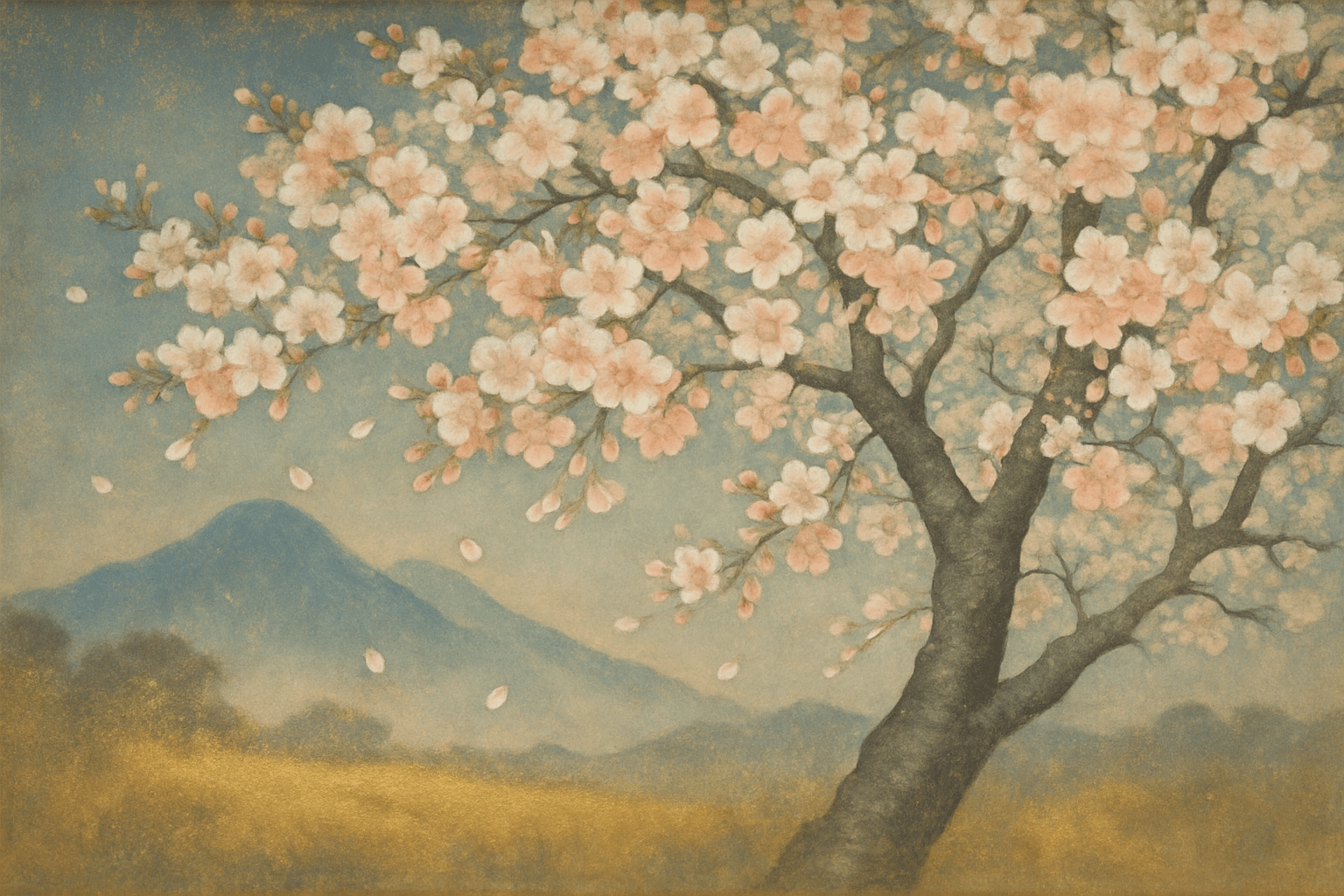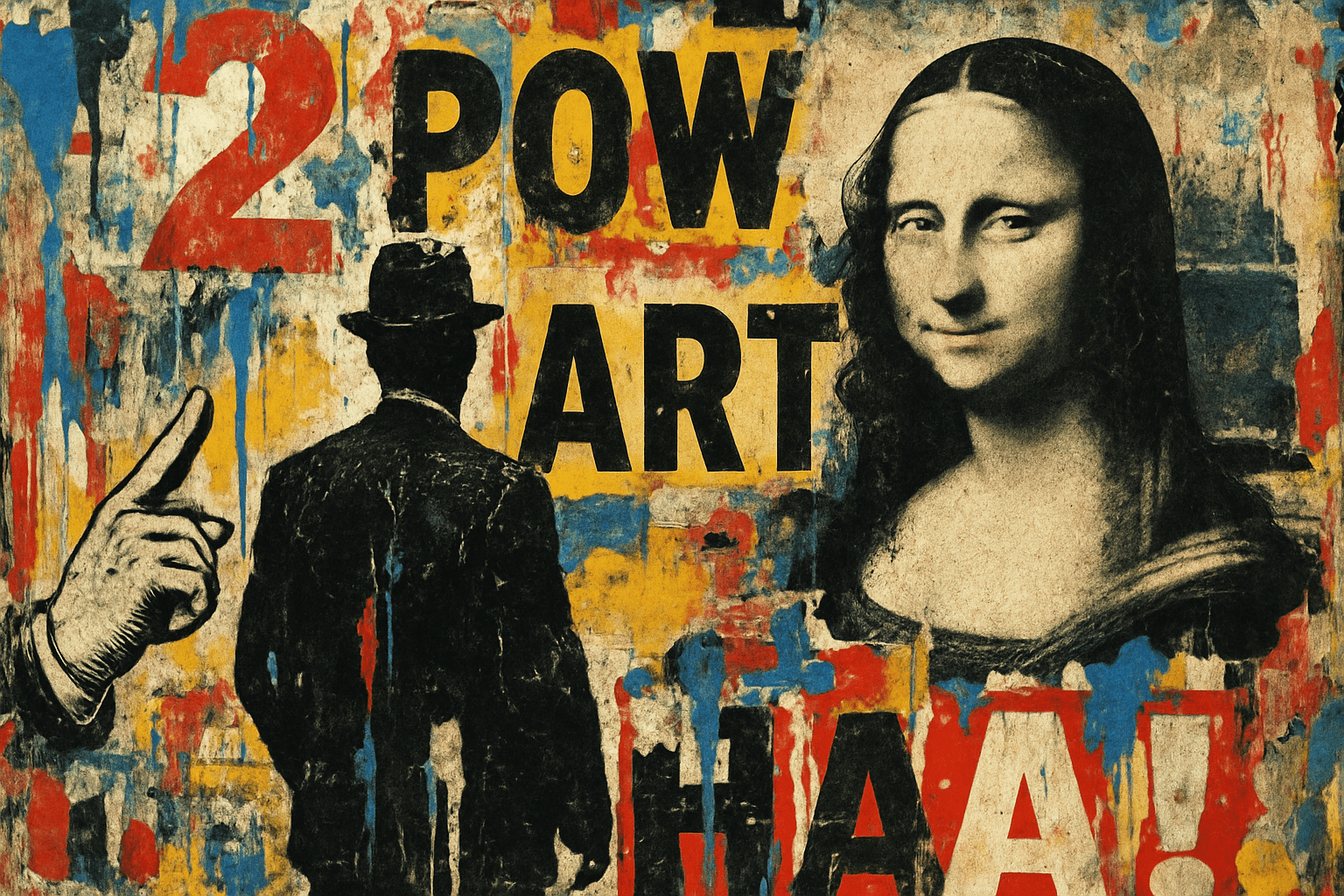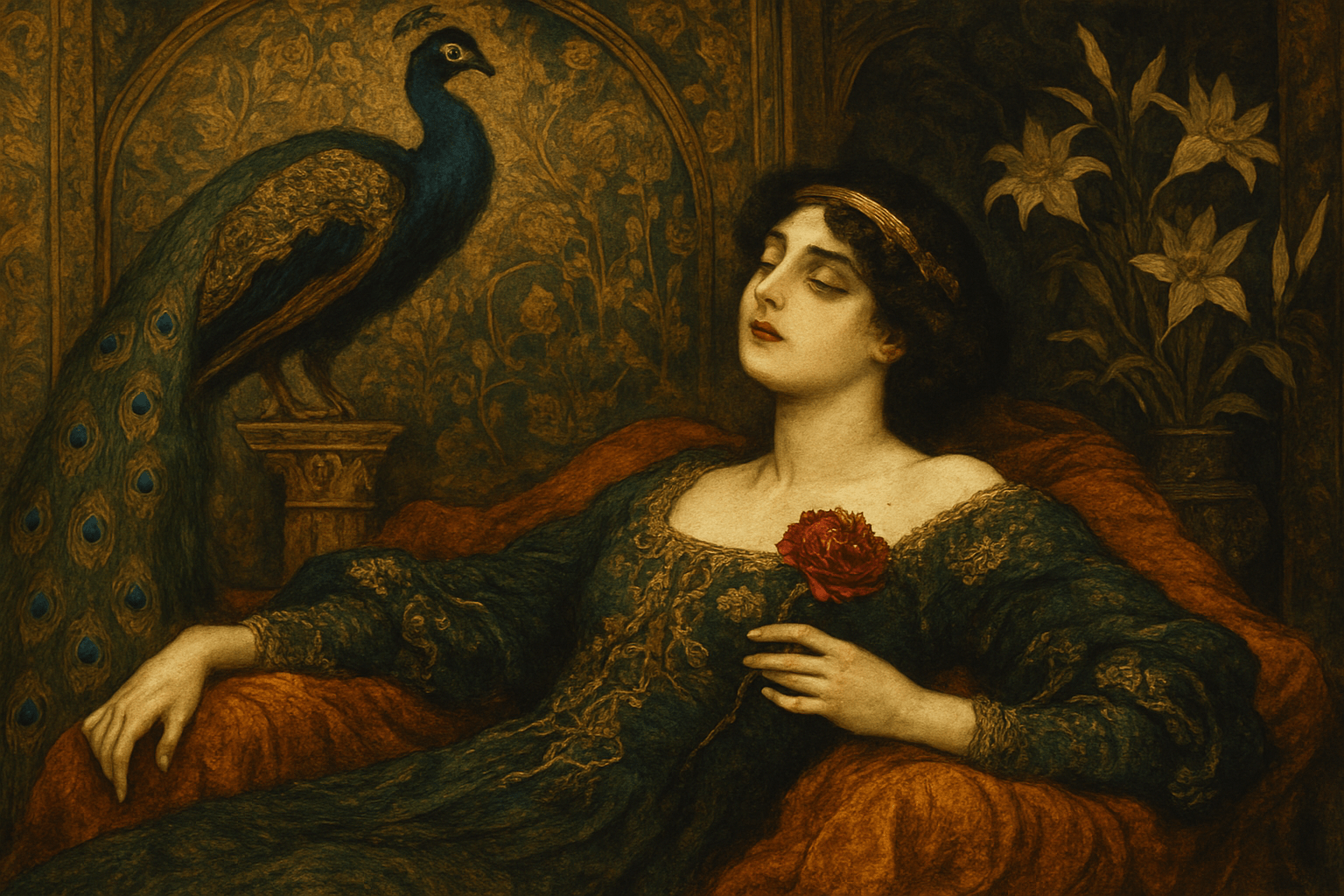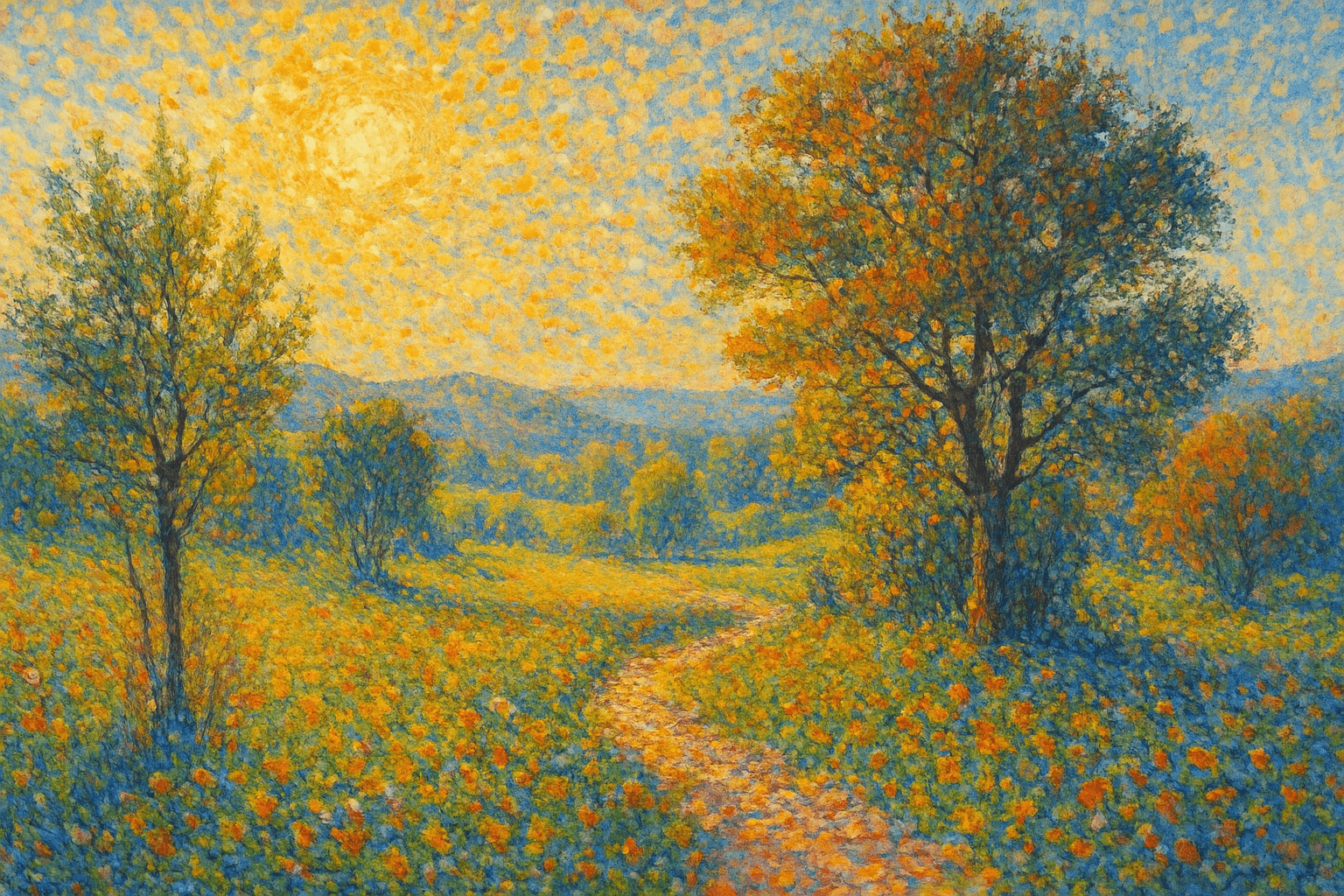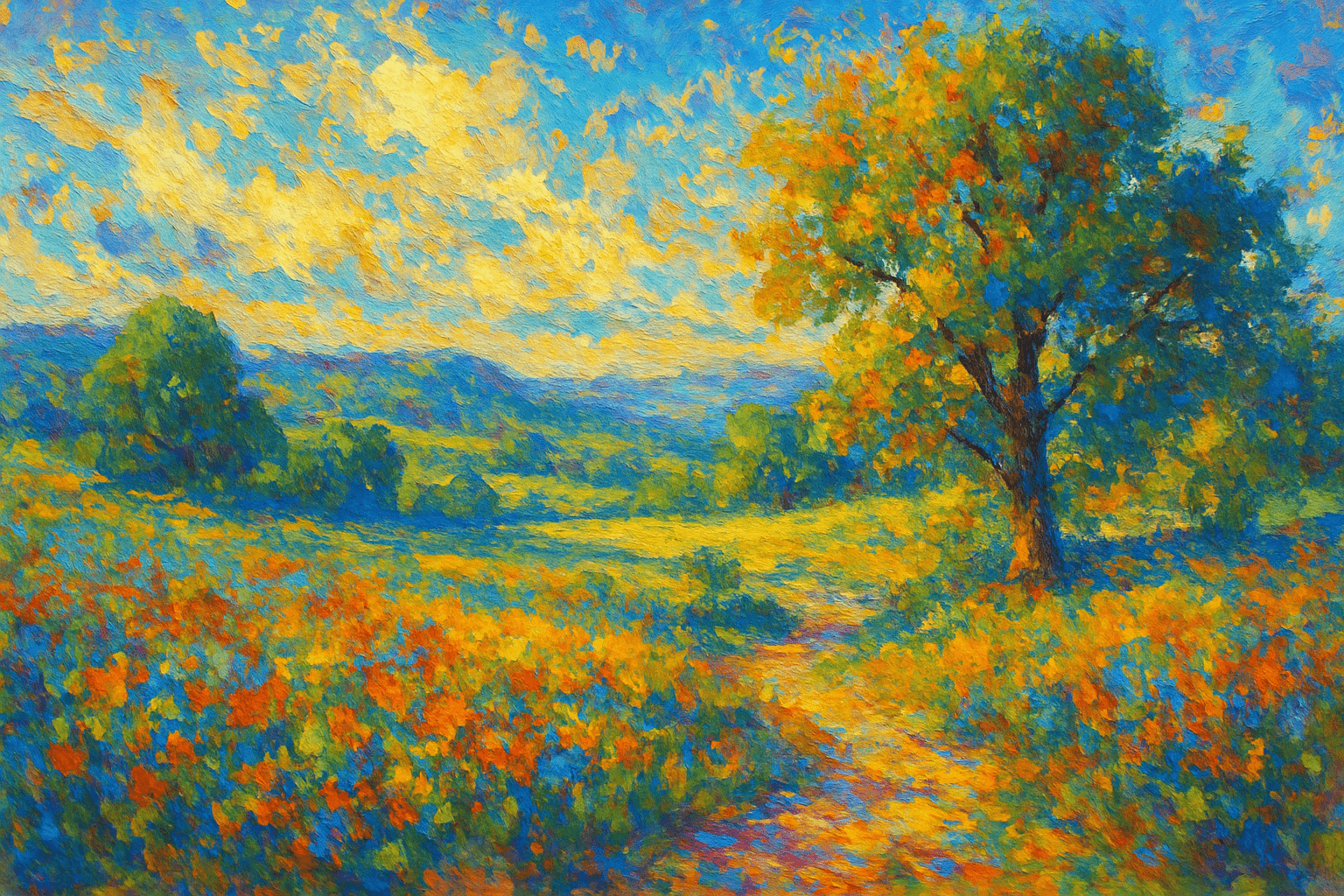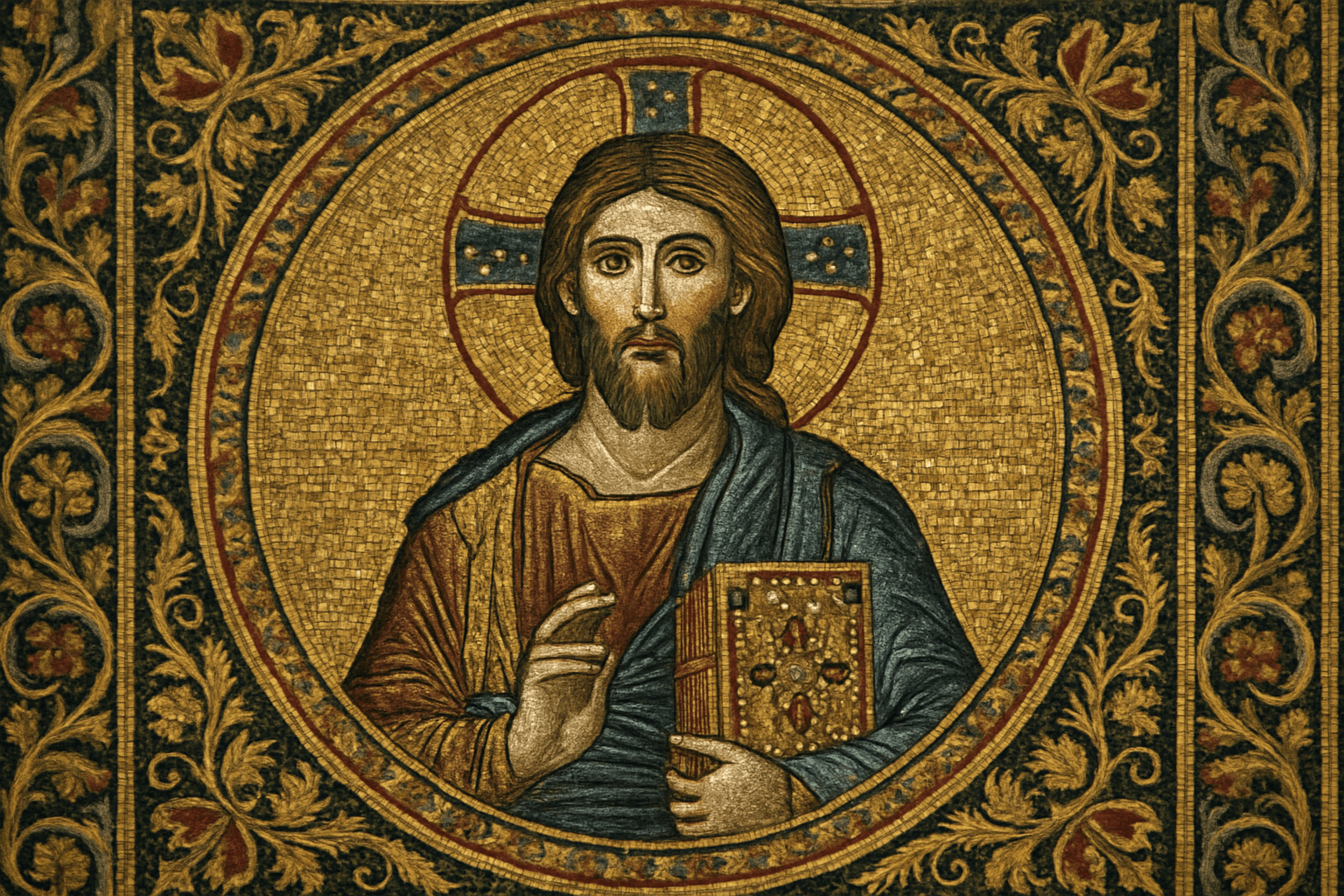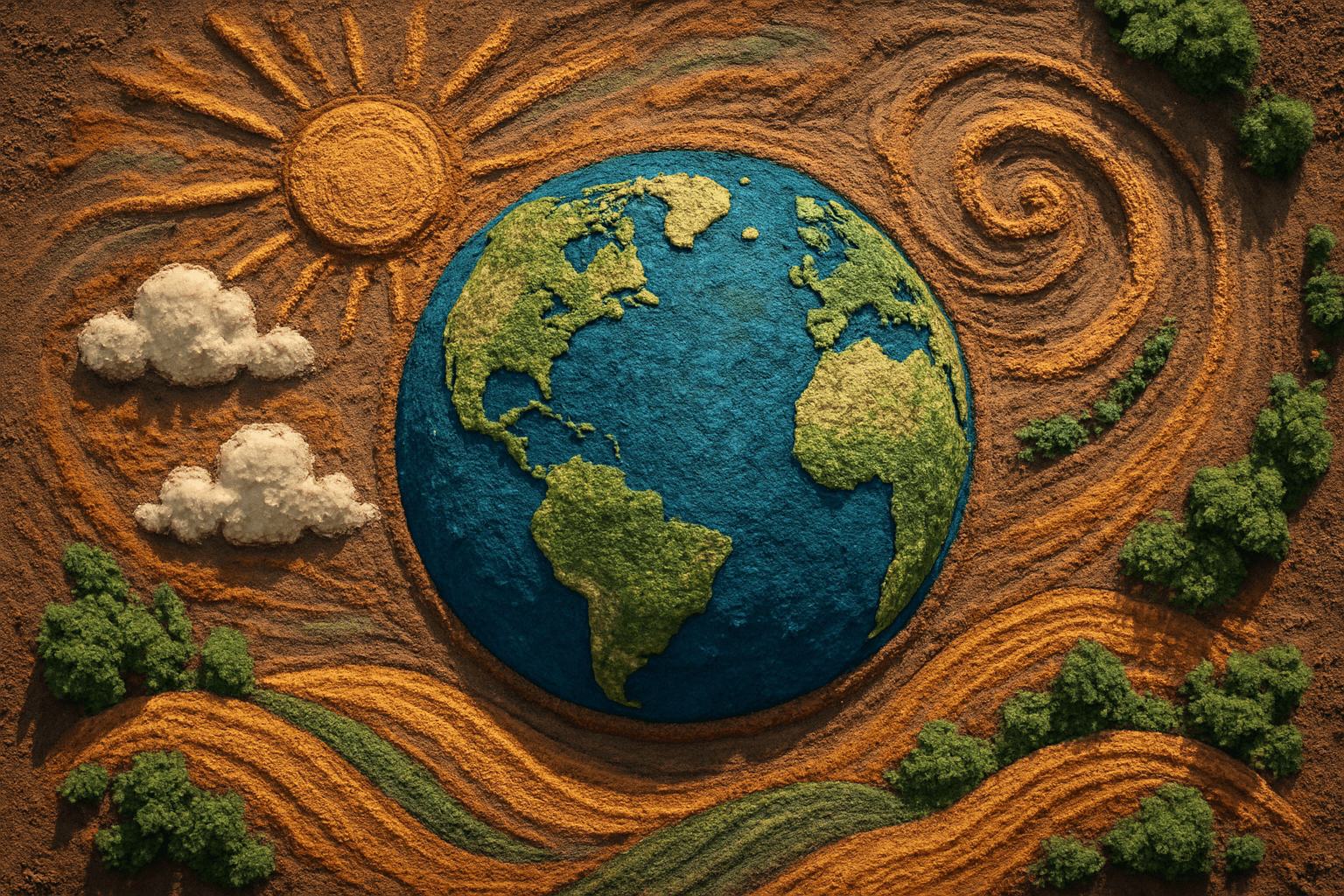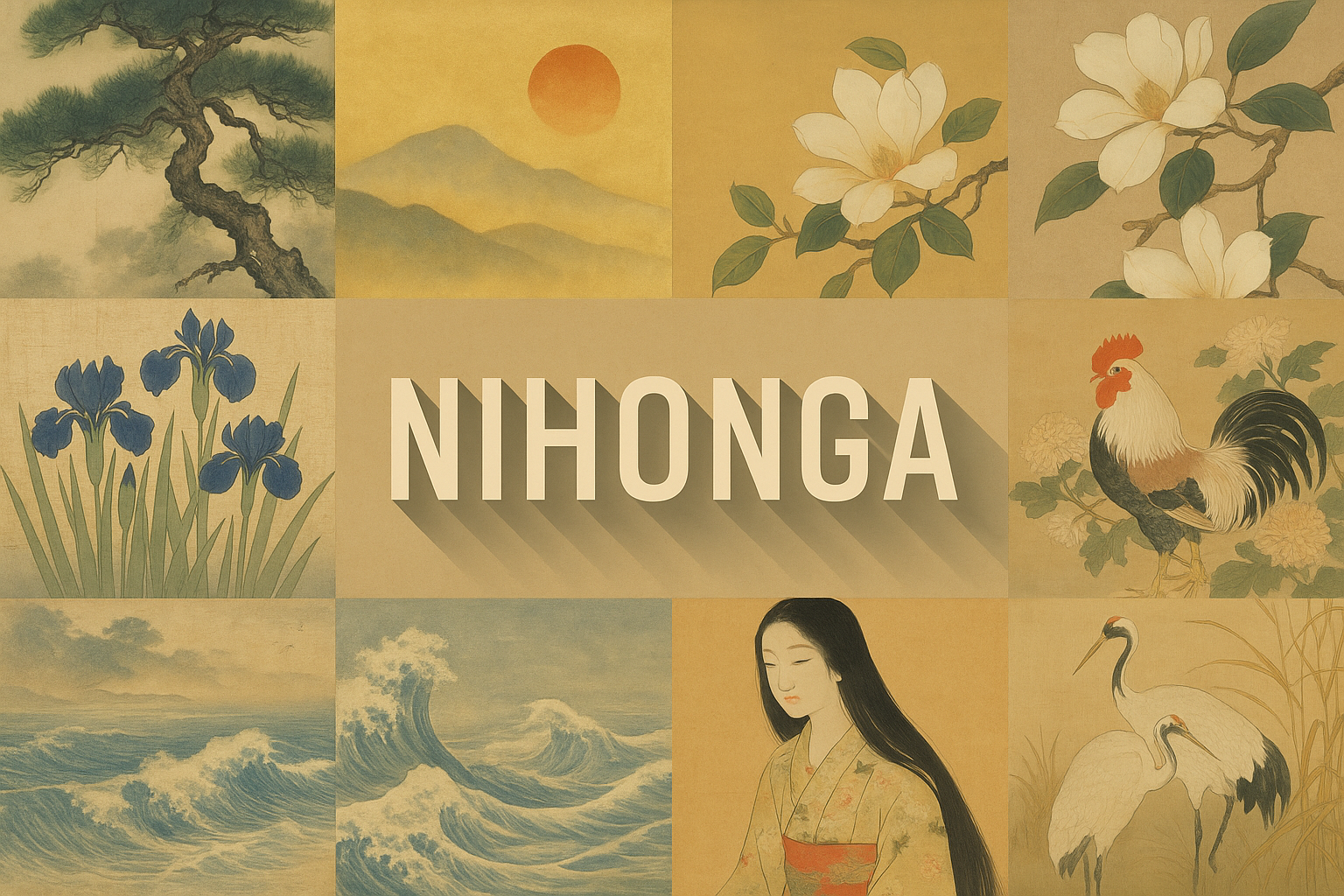
Nihonga
Nihonga embraces delicate brushstrokes, muted pastels, and shimmering gold leaf. It conjures imagery akin to a serene pond where each element pauses in perfect balance.
AOI thinking about Nihonga [+_~]-/
Overview and Quickfacts
Evoking echoes of dreamscapes, Nihonga is a poetic fusion of indigenous Japanese aesthetics and Western naturalism, maintaining elegance with an emphasis on harmony between human and nature.
Can understand it also, as:
Japanese Painting, Neo-Nihonga, New Japanese Art
Categorize it as:
Impressionism, Modernism
.: Dreaming :.
Soft silk canvas holds, Dreams of nature deftly brushed, Gold leaf whispers tales.
:. Thought is power .:
Detailed Description
Nihonga, a panoramic art style, couples the traditional with the contemporary. Originating in late 19th-century Japan, it pivots on ancient techniques while nodding to Western influences, crafting an eloquent dialogue between history and innovation.
.. beep, beep, beep ..
<START OF TRANSMISSION>
1. Nihonga emerged in response to Western influence on Japanese art. 2. Natural mineral pigments and animal glue are commonly used. 3. Themes often include nature, mythology, and spirituality. 4. Rinpa, an influential movement in Nihonga, emphasizes pattern and flatness. 5. Nihonga supports the conservation of traditional Japanese materials.
<EOF>
.. robbel bob
Visual Examples from our image gallery
Coming soon, we are so slow .. might never come
Artists, Paintings, and more
(be aware, can be highly speculative)
Artists (be aware, speculation possible):
1. Yokoyama Taikan (1868-1958) 2. Hishida Shunsō (1874-1911) 3. Maeda Seison (1885-1977) 4. Uemura Shōen (1875-1949) 5. Takeuchi Seihō (1864-1942)
Artworks (be aware, speculation possible)
1. “Mount Fuji” by Yokoyama Taikan 2. “Fallen Leaves” by Hishida Shunsō 3. “Summer Night” by Uemura Shōen 4. “The White Heron” by Takeuchi Seihō
Epoch
Late 19th century to present
AI ART RESSOURCES (AKA, well Tools)
Helping tools -> predefined search links on other pages:
